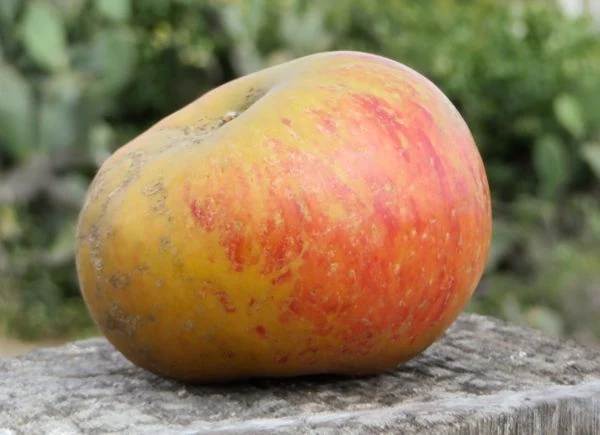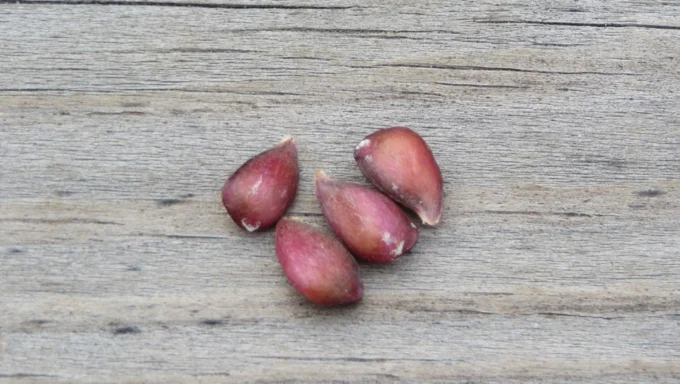
I've come to terms with the fact that this is a seasonal blog, so I don't beat myself up when there is not much to say some times of the year.
Today is the anniversary of my first blog post, however, when I reflect and assess. That seems to demand particular honesty.
The truth is that I missed a couple of stories this spring. That includes an account how a snap frost during the critical pollination window (or just after it, depending on local conditions) damaged the local crop.
There's just been a lot going on in my life. I don't apologize for that, but I might have written more here otherwise.
2023
Looking ahead, it will be interesting to see if I score any new apples to review and add to my opinionated catalog this year.
New (to me) varieties are hard to find. Not like my first year! But I'm planning a couple of trips that may take me to some new orchards.
I try to limit these introspective posts to twice a year. Happy harvest to you, and let's see what it brings us!


From NH, you might try Asturies (aka Asturias) in Northern Spain. I have no idea the varieties, but their Sidre is a unique experience. https://www.youtube.com/watch?v=m6CCLB7dOJU
ReplyDelete"The largest producer of cider in Spain is the Atlantic region of Asturias, where cider is considered not only a beverage but an intrinsic part of its culture and folklore. Asturias amounts more than 80% of the whole production of Spain. The consumption of cider in Asturias is of 54 litres per person/year, probably the highest in any European region. One of the most popular ciders in Spain is called "El Gaitero" (the bagpipe player) which can be found everywhere in Spain and which is produced in this region. However, it must not be confused with the traditional Asturian cider as it is a sparkling cider more in the way of French ciders. It is a factory produced cider, sweet and very foamy, much like lambrusco, different from the more artisan and traditional cider productions. Recently, new apple tree plantations have been started in grounds belonging to the old coal mines, once important in Asturias.
The traditional Asturian sidra is a still cider of 4--8% strength, although there are other varieties. Traditionally, it is served in sidrerías and chigres, pubs specializing in cider where it is also possible to have other drinks as well as traditional food. One of the most outstanding characteristics is that it is poured in very small quantities from a height into a wide glass, with the arm holding the bottle extended upwards and the one holding the glass extended downwards. This technique is called escanciar un culín (also echar un culín) and is done to get air bubbles into the drink (espalmar), thus giving it a sparkling taste like Champagne that lasts a very short time. Cider is also poured from barrels in the traditional Espichas."
¡Salud!
Delete